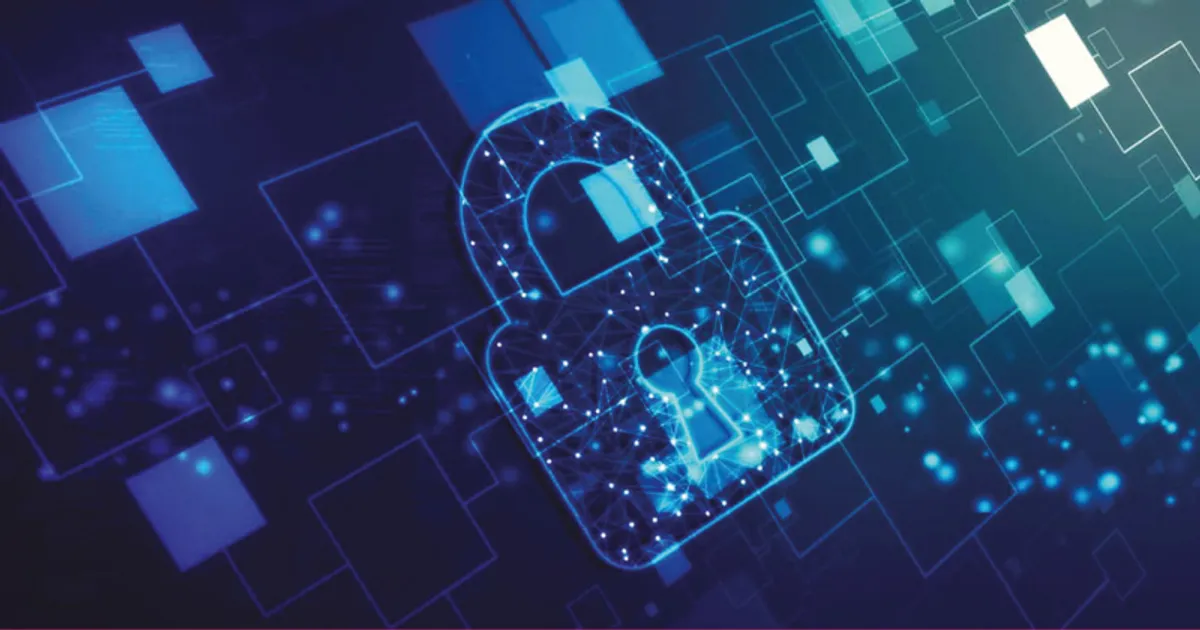Developing Cybersecurity Solutions For a Digital Age

The advancement of technology has ushered in an era of unparalleled digitalization, transforming industries across the globe. From manufacturing plants to oil refineries, integrating digital systems has revolutionized operations, enhancing efficiency, productivity, and connectivity. As organizations embrace this digital transformation, they are not only reaping the benefits of increased automation and data-driven insights but also facing new challenges. The rapid digitalization across industries has also opened the door to new and evolving cybersecurity threats.
As critical infrastructure becomes increasingly interconnected, the need for robust cybersecurity solutions has never been more imperative. Nowhere is this more evident than in critical infrastructure sectors, where the convergence of digital technologies and operational systems has opened new frontiers for cyber threats. As industries embrace automation and connectivity to enhance efficiency and productivity, robust cybersecurity solutions with continuous improvement and upgrades are needed to improve protections for industrial systems. Cyber-attacks at the local and global scale are on the rise, and according to the IBM Security Data Breach Report of 2022, India’s average data breach cost is at a record high of Rs 17.6 crore (Rs 175 million, which is around $2.2 million) for the fiscal year of 2022.
The Evolving Landscape of Cyber Threats
Cyber threats have evolved significantly in recent years, with threat actors increasingly targeting industrial and building systems. These systems, which form the backbone of essential services such as manufacturing, energy, and transportation, are prime targets for malicious actors seeking to disrupt operations, steal sensitive data, or cause physical harm. The potential impact of cyber-attacks on these systems extends far beyond financial losses, with the potential to disrupt critical services, endanger lives, and undermine public safety.
Cybercriminals exploit vulnerabilities by targeting supply chains and conducting lucrative ransomware attacks. To mitigate these risks, more industrial firms are adopting managed security services, and outsourcing network analysis to specialized providers. This approach allows asset owners to concentrate on core revenue-generating operations through round-the-clock network protection by adopting industrial cybersecurity best practices.
Challenges in Securing Industrial and Building Systems
Improving cybersecurity for industrial and building systems is complex due to multiple factors. These systems often rely on legacy infrastructure, intricate supply chains, and a diverse array of communication protocols, all of which introduce vulnerabilities that cyber adversaries can exploit. This necessitates continuous monitoring, early identification of potential threats, and proactive analysis of signs of compromise within OT environments to improve their ability to prevent significant damage from occurring. However, many companies lack the resources to hire and maintain an in-house team of cybersecurity professionals. The convergence of information technology (IT) and OT networks further exacerbates the challenge, as it creates additional attack surfaces that cyber adversaries can potentially exploit. Addressing these multifaceted challenges requires a comprehensive approach that combines continuous monitoring, threat detection, and incident response capabilities tailored to the unique requirements of industrial systems.
Understanding Unique Security Requirements
Organizations today face unique security requirements that necessitate robust cybersecurity measures. They must manage potential threats that could include unauthorized access, malware, ransomware, phishing, insecure wireless, and malicious insiders. They are seeking solutions that encompass improved security for remote access, and data transfer, patch and antivirus management, continuous monitoring, threat & alerts and reporting, and incident investigation and resolution. Manufacturing companies are bracing for imminent cyber-attacks, yet they often lack adequate in-house personnel to address these threats effectively.
In such scenarios, it has become increasingly practical for organizations to engage with specialized security providers that offer 24/7 monitoring of anomalous behavior designed to identify such activity before it escalates into a major incident. This approach is particularly relevant for industries like oil and gas, where asset owners face the daunting task of building and maintaining a comprehensive security program in-house, which can be expensive and time-consuming.
With sophisticated attacks occurring more frequently, the need for continuous threat detection for operational technology (OT) assets is paramount. Being aware of inherent security risks, vulnerabilities, and threat vectors in advance could potentially save months of downtime efforts and millions in recovery efforts to rebuild your system, and recover your IP, and brand image. “A stitch in time saves nine!” is truly apt in the world of cybersecurity!
Introducing Next-Generation Cybersecurity Solutions
Asset owners require 24/7 operational technology (OT) cybersecurity and rapid response capabilities to address current and emerging cyber threats. This involves continuous monitoring, early identification of potential vulnerabilities, and threats, and analysis of signs of compromise within OT environments to improve an organization’s ability to prevent severe damage from occurring. From a cost-benefit perspective, leveraging a managed security services provider can offer economies of scale. While an in-house security team may be able to respond quickly to an incident, by the time an incident occurs, it may already be too late.
Most managed security services providers conduct proactive monitoring of the asset owner’s systems. The security provider uses advanced tools, skilled resources, and analytics specifically designed to monitor the OT/IT environment to discover anomalous behavior well before an incident occurs. Specialized providers offer cyber threat-hunting capabilities, designed to enable them to detect inherent vulnerabilities and potentially relevant threats and alerts across the network. The goal is to improve operational resilience by identifying and piecing together potential threats, alerts, and analytics from a variety of key sources (e.g., log servers, IDS systems, patch management systems, and web applications), and correlating this data to prevent an incident. In many cases, this proactive approach of using a managed security services provider can be achieved at a fraction of the cost of an equivalent in-house program depending on various factors.
The Path Forward
Critical infrastructure organizations need to adhere to stricter cybersecurity frameworks and government regulatory compliances, which is a step in the right direction.
Addressing the evolving cyber threats facing industrial systems requires collaboration between industry stakeholders, cybersecurity professionals, and technology providers. Ongoing innovation and investment in cybersecurity solutions are crucial to staying ahead of emerging risks.
As the world becomes increasingly digitalized, the importance of cybersecurity solutions in protecting industrial and building systems is imperative. Organizations must prioritize cybersecurity resilience as a fundamental aspect of their digital transformation journey in order to improve safeguards for their operations, assets, and reputation from the ever-present threat of cyber-attacks.
Authored to Rahul Khare, Regional General Manager, Honeywell Connected Enterprise India



